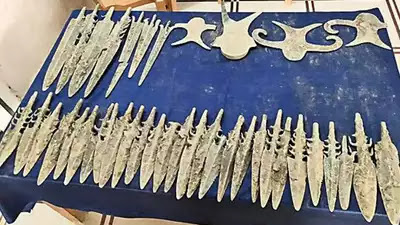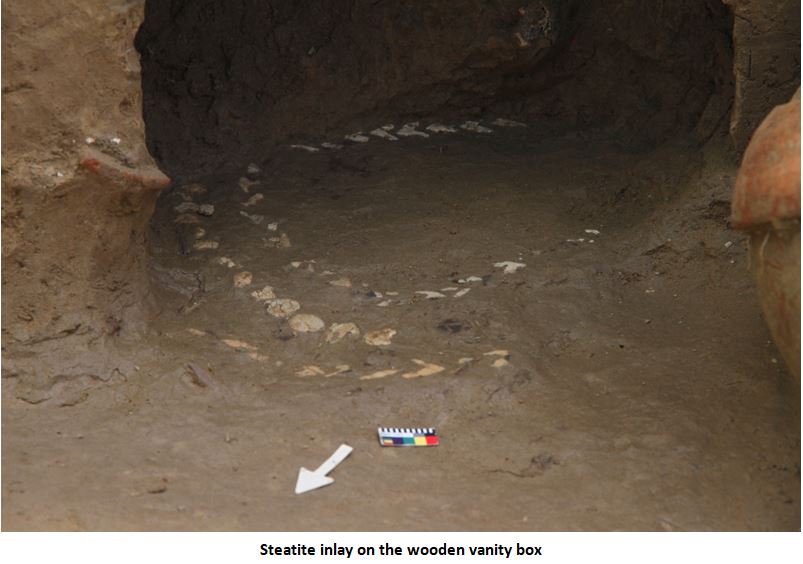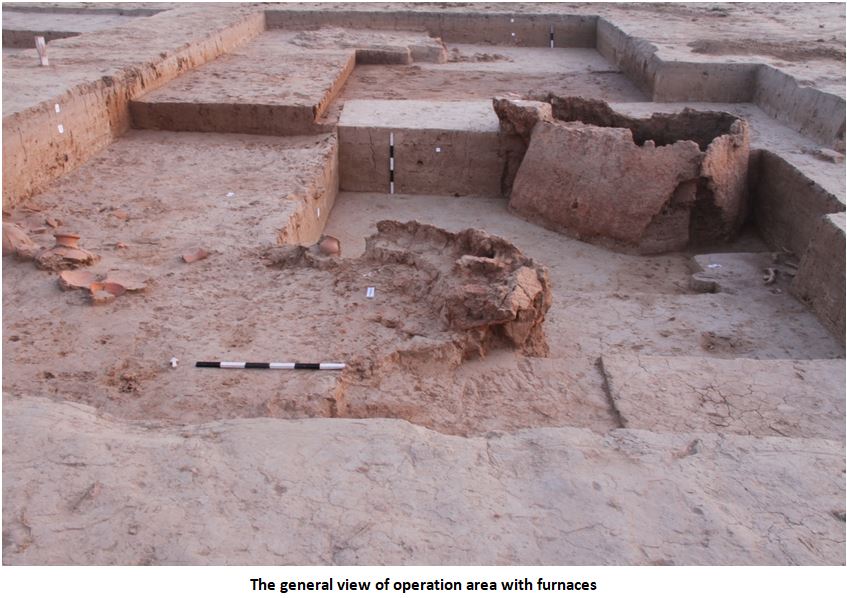Indian Farmer Discovers 4,000-year-old Copper Weapons Buried Under a Field
We know India is a rich country when it comes to its heritage and culture. Although a lot of evidence has been lost, through destruction, loot or other reasons, findings from time to time prove that indeed India is a heritage-rich country.

It has given the world the teachings of Buddha to learn from, the richness of the Himalayas that make India the hub of a spiritual journey, and more.
In a recent finding, archaeologists in Agra have found nearly 4000-year-old weapons from beneath the ground in Mainpuri.
The weapons extracted include large swords, some close to 4 feet, and arms having sharp sophisticated shapes. The archaeologists have termed the finding ‘exciting’.
About the finding
According to reports, in the village of Ganeshpur in Mainpuri, a farmer was levelling his field when he found a large number of copper swords and harpoons beneath the soil.
The Archaeological Survey of India (ASI) found a variety of swords, some that archaeologists are calling “antenna swords and harpoons”, with a hook at the bottom.
Some of these weapons had a starfish-like shape. These copper hoards, 77 in number, possibly date back to 1600-2000 BC – the later stages of the Chalcolithic Age (the transition period between the Neolithic and Bronze Ages).
The findings according to Vasant Swarnkar, D.




In recent Excavations at Sanauli, Baghpat, UP under Dr SK Manjul,
@ASIGoI finds Coffin Burials, furnaces & fascinating artefacts’. The present excavation is carried out to understand the extension of the burial site and also the habitation area in relation to earlier findings in 2018.
The Director of Conservation and spokesperson, suggest that the inhabitants of the area were engaged in fighting, much like the 2018 findings in Sanauli in Baghpat, although that was a burial site.
Earlier in 2018, the ASI in an excavation at Sanauli, Baghpat, Uttar Pradesh found coffin burials, furnaces, and fascinating artefacts.
In 2019, it carried out an excavation to understand the extension of the burial site and also the habitation area in relation to earlier findings.
The find will undergo Thermoluminescence dating, a technique usually used on pottery and other ceramic material. According to Director Swarnkar, similar discoveries have been made in the past in Sakatpur in Saharanpur, Madarpur in Moradabad, and Saifai district.





